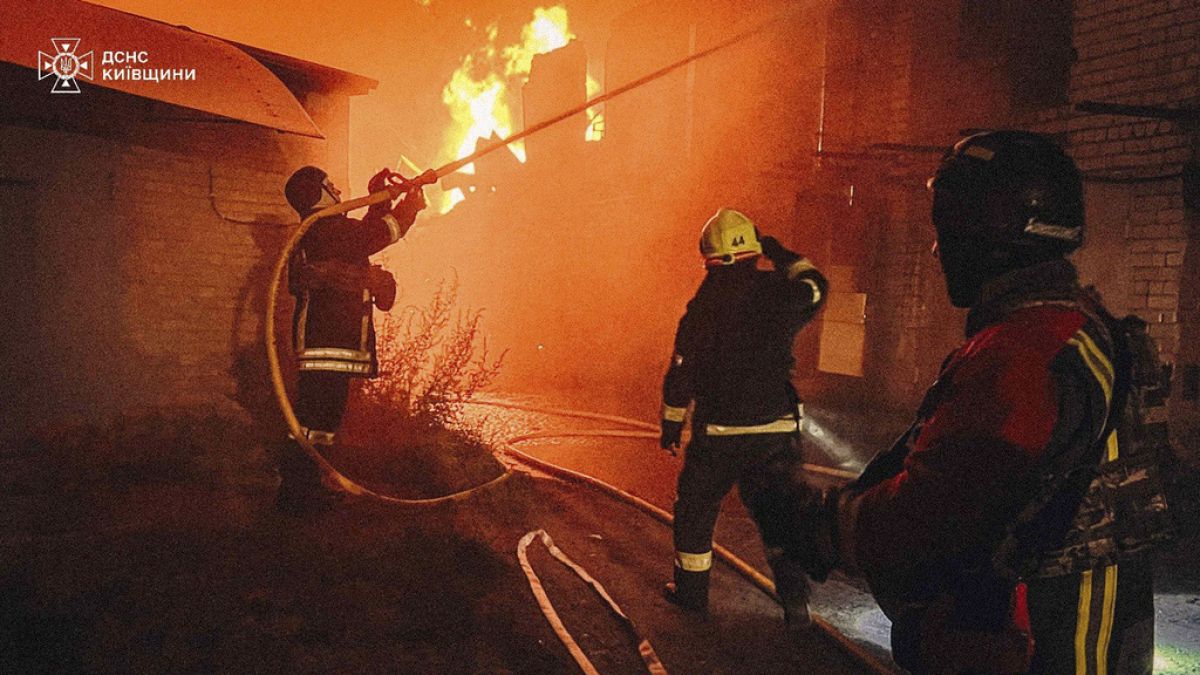

In the ever-evolving landscape of global geopolitics, recent developments in different parts of the world highlight a backdrop of enduring conflicts and strategic maneuvers. This report aims to provide a calm and composed overview of these events, capturing the essence of current international relations.
In Ukraine, the situation remains dire as recent conflicts have resulted in significant casualties. Ukrainian authorities have reported Russian military attacks in the Donetsk and Kherson regions, which unfortunately led to the loss of at least five lives, including civilians. These assaults targeted residential areas along with vital infrastructures, escalating the tension in the war-torn regions. Amidst these challenges, the Ukrainian government continues to communicate with international allies, maintaining strategic dialogues aimed at strengthening support and defense capabilities.
Adding to the complexity, Ukraine has reportedly struck a Russian airbase following increased military activities from the Russian side. President Volodymyr Zelenskyy, in a recent conversation with US President Donald Trump, described the interaction as “very important and productive,” underscoring the significance of continued international collaboration in addressing the conflict.
This dialogue comes at a time when there are also concerns about the use of prohibited warfare tactics. Dutch and German intelligence agencies have highlighted the increased deployment of banned chemical weapons by Russia, namely chloropicrin, which forces troops into the open, further complicating defense strategies. The revelation of these practices has reignited calls for international sanctions and bolstered support for Ukraine.
Parallel to the conflict in Ukraine, tensions have also escalated between Israel and Gaza. The civil defense in Gaza has reported that 14 Palestinians were killed following recent Israeli airstrikes. These developments are occurring just before further negotiations with the Hamas are set to take place in Qatar, indicating a complex interplay between military action and diplomatic efforts.
In Asia, Pakistani troops engaged in a crucial conflict at the border, resulting in the deaths of 30 militants reportedly attempting to infiltrate from Afghanistan. This incident sheds light on the increased militant activity in the region, linked substantially to the Pakistani Taliban, which while distinct, maintains close ties with the Afghan Taliban. It underscores the ongoing security challenges Pakistan faces, amidst regional instability and the broader geopolitical recalibration.
Moreover, shifts in international alliances are becoming more visible. Russia, recently the first nation to recognize the Taliban as the ruling government of Afghanistan, has been realigning its diplomatic relationships. This repositioning sees Russia forging closer ties with actors such as North Korea and the Taliban, while its historically strong relations with nations like Azerbaijan and Armenia are waning. These developments signal a significant transformation in Russia’s strategic partnerships.
As the tapestry of global conflict and diplomacy continues to evolve, these situations connect through a need for dialogue, resolution, and humanitarian consideration. Nations continue to engage in a balance of military strategy and diplomatic efforts, aiming for stability and peace amid prevailing challenges. Through careful consideration and cooperative strategies, there remains hope for navigating toward a more settled international environment.
Source: {link}
